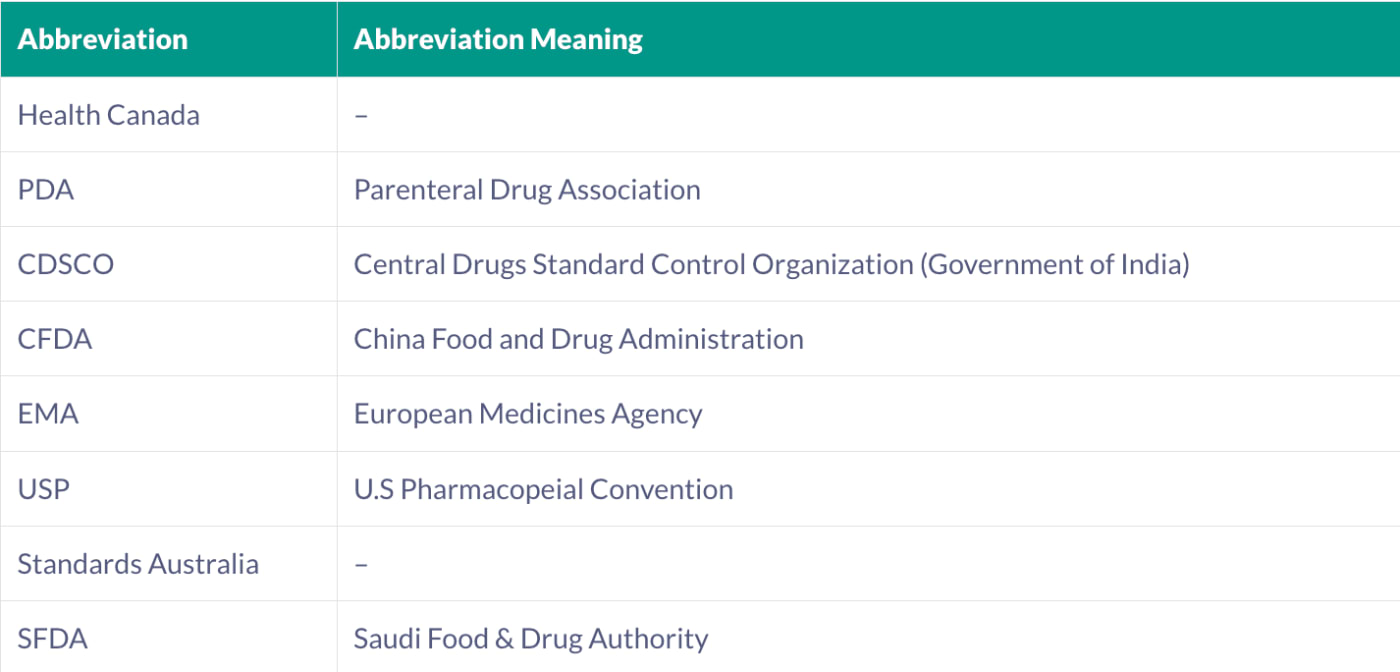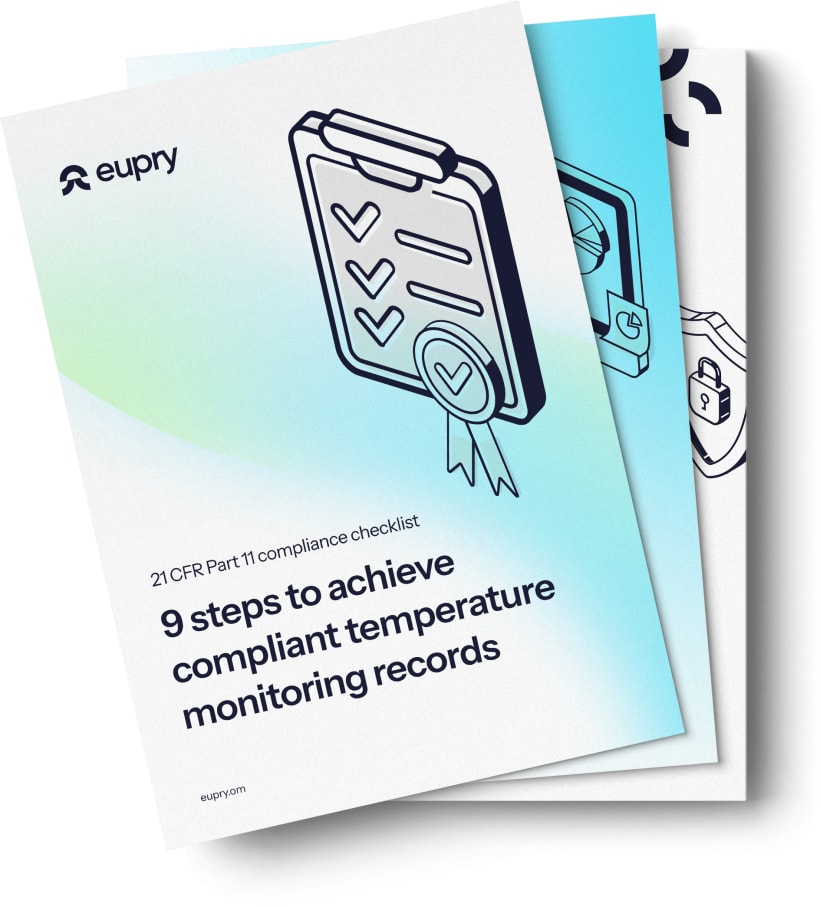
Which standards are relevant for pharmaceutical temperature mapping?

Estimated reading time: 4 minutes
This article aims to inform about the principles that need to be applied when conducting mapping studies of facilities and equipment used in the pharmaceutical field.
In the article, we go through:
Also read: Step-by-step guide: Temperature mapping for GDP pharmaceutical warehouses
1. Introduction
For the conduction of GMP and pharmaceutical temperature mapping studies, your quality representative needs to follow the internal, external, and international standards that are set by the government and organizations.
These all aim to unify the practices followed by an organization’s representatives in order to provide coherent services and products.
2. Pharmaceutical temperature mapping guidelines
The World Health Organization (WHO) and The International Society for Pharmaceutical Engineering (ISPE) offer frameworks that give a satisfactory overview of how a mapping study should be conducted in order for a storage area to be conformed with Good Manufacturing Practices.
WHO guidelines are available to the public for free whereas ISPE guides require purchase.
Also read: Key guidelines and compliance regulations of temperature mapping
2.1. World Health Organization
The World Health Organization or WHO consists of 194 member states that follow and comply with the health recommendations of the organization.
Find a guide to what the WHO mapping standard entail and how to implement them.
2.2. The International Society for Pharmaceutical Engineering
The International Society for Pharmaceutical Engineering or ISPE provides guidance on good practices for the mapping of controlled temperature storage areas used to store medicinal products and which operate under the current GMP.
Among others, the ISPE practices offer advice on:
- the monitoring of the storage areas
- the frequency of mapping studies
- the location and number of mapping sensors needed for mapping
They also elaborate on the recording intervals as well as on different rationales that the sensor numbers and locations are based on.
**Also read: How to choose the right mapping equipment
ISPE Good Practice Guide:
- Cold Chain Management (2011).
- [Controlled Temperature Chambers (Second edition – 2021): Commissioning and Qualification, Mapping and Monitoring].(https://ispe.org/publications/guidance-documents/ispe-good-practice-guide-controlled-temperature-chambers-2nd-edition)
2.3. Other agencies
The guidance and regulatory documents are revised continuously, therefore it is important to keep informed of the changes.
Besides WHO and ISPE, which are considered the global standards, other agencies and groups contribute to the regulatory standards. The agencies are based in various regions, as different countries have distinct requirements.


Key regulations of temperature compliance in pharma and biotech
Understand all the compliance areas you need with when working with temperature compliance – from monitoring to mapping and calibration – to help you navigate them confidently.
3. References
United States Pharmacopeial Convention:
Parenteral Drug Association:
European Commission:
- EC on Good Distribution Practice:
- Commission guideline 2013/C 343/01 on Good Distribution Practice of Medicinal -Products for Human Use (2013)
- Commission guideline 2015/C 95/01 on principles of Good Distribution Practice for active substances for medicinal products for human use
- Eudralex Volume 4: Good Manufacturing Practice (GMP) – Medicinal Products for Human and Veterinary Use
- Eudralex Volume 4 Annex 11 (2011): Computerized Systems
- Eudralex Volume 4 Annex 15 (2015): Qualification and Validation
Pharmaceutical Convention Inspection and Pharmaceutical Inspection Cooperation Scheme:
- PIC/S Validation Master Plan (2007): Installation and Operational Qualification, Non Sterile Process Validation, Cleaning Validation
- PIC/S Guide To Good Manufacturing Practice For Medicinal Products (2023):
Health Canada:
- GUI 0069: Guidelines for Temperature Control of Drug Products During Storage and Transportation (2020)
Saudi Food & Drug Authority:
- SFDA Guidance ver. 2.0 (2013): Guidance for the storage and transport of time- and temperature–sensitive pharmaceutical products
U.S. Food and Drug Administration (FDA) – Code of Federal Regulations
- Title 21: Food and Drugs (last amended 25 of April 2022)
- 21 CFR 820.150: Storage
- 21 CFR Part 210: Current Good Manufacturing Practice In Manufacturing, Processing, Packing, Or Holding Of Drugs; General
- 21 CFR Part 211: Current Good Manufacturing Practice For Finished Pharmaceuticals
- 21 CFR Part 820: Quality System Regulation
- 21 CFR Part 600: Biological Products: General
- 21 CFR Part 111: Current Good Manufacturing Practice In Manufacturing, Packaging, Labeling, Or Holding Operations For Dietary Supplements
- 21 CFR Part 11: ELECTRONIC RECORDS; ELECTRONIC SIGNATURES. Tip! Learn more about 21 CFR Part 11 in temperature compliance here.
- 21 CFR 211.46: Ventilation, air filtration, air heating and cooling.
- 21 CFR Part 211.68: Automatic, mechanical, and electronic equipment.
- 21 CFR 211.142: Warehousing procedures.
- 21 CFR Part 211.194: Laboratory records.
-
Guidance for Industry: Quality Systems Approach to Pharmaceutical cGMP Regulations (2006)
-
Pharmaceutical CGMPs for the 21st Century (2004): A Risk-Based Approach

9-step checklist for 21 CFR Part 11-compliant temperature monitoring
Get your checklistInternational Council on Harmonization (ICH):
- ICH Q8 – Pharmaceutical Development (2006)
- ICH Q9 – Quality Risk Management (2006)
- ICH Appendix 2.4 Human and Organizational Errors and Criticality of Records
- ICH Q10 Pharmaceutical Quality System (2009)
- ICH Q11
International Society of Pharmaceutical Engineering (ISPE):
ISPE GAMP 5 Guide (2008):A Risk-Based Approach to Compliant GxP Computerized Systems
World Health Organization (WHO):
- WHO Technical Report Series 908 (2003): TRS 908 – 37th report of the WHO Expert Committee on Specifications for Pharmaceutical Preparations
- ASTM E2500 Standard Guide (2020 Edition): Standard Guide for Specification, Design, and Verification of Pharmaceutical and Biopharmaceutical Manufacturing Systems and Equipment
International Organization for Standardization (ISO):
- ISO/IEC 17025:2017: General Requirements for the Competence of Testing and Calibration Laboratories
- ISO 10012:2003: Measurement Management Systems
- ISO 14971:2019: Medical Devices – Application of Risk Management to medical devices



